4 Best Women's Non-Slip Work Shoes 2025: Safety Meets Style
When you're powering through those busy shifts, your feet deserve shoes that work as hard as you do. The right pair of non-slip work shoes doesn't just keep you safe; they keep you comfortable, confident, and ready to tackle whatever your workday brings.
Here's what most people don't realize about work shoes: they're not all created equal. After talking to servers, nurses, and chefs who've been through dozens of pairs, I've learned the hard truth: most "non-slip" shoes are anything but slip-resistant when it really counts. That's why finding quality women's non-slip work shoes that actually deliver on their promises becomes so critical for workplace safety.
What Makes a Work Shoe Non-Slip?
Real non-slip shoes aren't just regular shoes with textured soles slapped on. They're engineered with specific rubber compounds and tread patterns that channel water, grease, and debris away from the contact point. Think of it like tire treads for your feet.
The secret sauce lies in the outsole design. Deep grooves cut in multiple directions create channels that push liquids away while maintaining maximum surface contact with the floor. Brands that actually test their shoes (like Skechers Work and Shoes for Crews) put them through rigorous slip testing on wet and oily surfaces.
You'll find these specialized soles on everything from athletic-style sneakers to professional clogs. The key difference isn't the style; it's the science behind the grip.
What Matters When Shopping for Work Shoes
Grip That Works in Real Conditions
Don't trust marketing claims alone. Look for shoes with ASTM F2913 or F1677 slip-resistance ratings. These certifications mean the shoes passed actual laboratory testing on wet and oily surfaces. Rubber outsoles with multi-directional tread patterns perform better than smooth or minimally textured soles.
The best performers have wide grooves that don't clog with debris and maintain flexibility even after months of use. Avoid shoes with shallow treads; they'll lose grip fast once they start wearing down.
All-Day Comfort Without Compromise
Your feet take a beating during long shifts. Memory foam and gel insoles sound nice, but what really matters is arch support and heel cushioning that won't compress after a few weeks. Look for shoes with removable insoles so you can replace them or add custom orthotics.
Breathable uppers prevent the sweat buildup that leads to blisters and hot spots. Mesh panels or perforated leather keep air flowing while maintaining durability. Skip shoes with non-breathable synthetic uppers unless you enjoy ending your shift with soggy feet.
Built to Last Through Real Work
Construction matters more than brand names. Check for reinforced stitching at stress points, especially where the upper meets the sole. Full-grain leather lasts longer than bonded leather or cheap synthetics, though quality mesh can be just as durable with proper care.
Safety toe options (steel or composite) add protection if you're working around heavy equipment or in kitchens where dropped knives are a concern. Composite toes are lighter and don't conduct cold or heat like steel versions.
Our Top 4 Picks: Lugz Women's Work Shoes That Deliver
When it comes to reliable women's non-slip work shoes, Lugz stands out for combining street-style aesthetics with genuine workplace safety. After examining their Pro-Tech line, here are four models that deliver real slip resistance without sacrificing comfort or style.
1. Women's Clipper Slip-Resistant Sneaker
This slip-on features a soft leather upper, dual elastic gore for comfort and fit, and a vulcanized rubber outsole for traction and safety in the workplace. The Clipper takes their best-selling fashion sneaker and adds legitimate work shoe functionality. The elastic gore panels stretch for easy on-off access; perfect for healthcare workers or servers who need to change shoes quickly.
What sets this apart: Advanced cushioning for all-day comfort and a classic slip-on design that works in professional settings. The leather upper is easy to clean and maintains its appearance through daily wear.
2. Women's Grapple Slip-Resistant Oxford
These stylish chunky sneakers feature the comfort and support of a cross trainer with the benefits of a slip-resistant outsole. The Grapple series brings athletic shoe comfort to workplace safety requirements.
Key features include a water-resistant synthetic leather upper, a slip-resistant rubber outsole, and anti-fatigue comfort mid-sole. The chunky sneaker design appeals to younger workers while meeting safety standards for restaurant and healthcare environments.
3. Women's Stagger Hi Slip Resistant 6-Inch Sneaker
The slip-resistant Stagger Hi gives you an edge at work, featuring a lightweight and durable leather upper and a slip-resistant outsole designed to be fashionable and comfortable for long hours on your feet. This high-top design offers ankle support that's often missing in work shoes.
The 6-inch height provides extra stability, while the vulcanized rubber outsole and rubber toe cap add protection and grip. The retro high-top style works well in casual work environments where personal expression is valued.
4. Women's Grapple Ballistic Slip-Resistant Oxford
The ballistic version of the Grapple line features enhanced durability for demanding work environments. These stylish chunky sneakers feature the comfort and support of a cross trainer with the benefits of a slip-resistant outsole, but with upgraded materials for extended wear.
The ballistic construction resists tearing and abrasion better than standard materials, making it ideal for kitchen workers or maintenance staff who face more challenging conditions.
Top Performers by Work Environment
Athletic-Style Shoes for Fast-Paced Jobs
Lugz, Skechers, and New Balance lead this category with lightweight designs that don't compromise grip. These work well for servers, retail workers, and healthcare staff who need to move quickly. The sneaker style keeps feet cooler than enclosed designs while providing ankle flexibility.
Many come with memory foam insoles and breathable mesh uppers. The downside? They typically need replacement more often than heavier-duty options since the materials prioritize comfort over maximum durability.
Professional Styles for Front-of-House Work
Shoes for Crews and Genuine Grip make dress shoes that actually work. These feature low heels or wedges with hidden slip-resistant soles that meet safety standards without looking industrial. Perfect for hotel staff, restaurant hosts, or office environments where appearance matters.
The trade-off is usually less cushioning than athletic styles, though many now include memory foam footbeds. Expect to pay more for the combination of style and genuine slip resistance.
Clogs and Slip-Ons for Easy Changes
Healthcare workers and chefs swear by quality clogs from brands like Lugz and Crocs (the professional versions, not the garden variety). They're easy to slip on and off, clean quickly, and provide excellent arch support for long standing periods.
The best versions have removable, washable footbeds and water-resistant uppers. Avoid cheap knock-offs; they lack the ergonomic design and slip resistance of genuine work clogs.
Expert Insights on What Really Works
Expert Insights on What Really Works
According to Dr. Kevan Orvitz, a veteran podiatrist and founder of MEGAComfort, who has over 15 years of experience studying workplace biomechanics, "The biggest mistake I see workers make is choosing shoes based on initial comfort rather than long-term support. A shoe that feels great in the store might leave you with plantar fasciitis after a few months of 10-hour shifts."
Dr. Orvitz, who studied workplace foot safety after working in an automobile assembly plant during his podiatry training, emphasizes that proper footwear is critical for workplace safety. "Without proper footwear and appropriate support for the job, employees can be subject to more than just discomfort. Workers are often faced with back, ankle, knee and hip pain, bad posture and foot problems like plantar fasciitis, sprains, bunions and corns," he notes in his research published in ISHN Magazine.
He recommends testing shoes at the end of the day when feet are most swollen and walking on different surfaces if possible. "If the store has smooth tile, ask to walk on it while wearing the shoes. That'll tell you more about slip resistance than any marketing claim."
Smart Shopping Strategy
Shop for work shoes at the end of your shift when your feet are naturally swollen; this prevents buying shoes that feel too tight during actual work hours. If you have wide feet, don't try to squeeze into regular widths. Ill-fitting shoes cause more problems than worn-out ones.
Test the flexibility by bending the shoe at the ball of the foot. It should flex easily without resistance. Stiff soles might seem more supportive, but they'll cause fatigue and discomfort during long periods of standing or walking.
Consider your specific work environment. Restaurant workers need different features than hospital staff. Kitchen workers prioritize easy cleaning and heat resistance, while servers need lightweight, breathable options that handle spills.
|
Shoe Type |
Best For |
Pros |
Cons |
Price Range |
|
Athletic Style |
Servers, retail workers |
Lightweight, breathable, comfortable |
Less durable, needs frequent replacement |
$60-120 |
|
Professional Dress |
Front-of-house staff |
Stylish, meets dress codes |
Limited cushioning, higher cost |
$80-150 |
|
Clogs/Slip-ons |
Healthcare, kitchen staff |
Easy to clean, excellent support |
Can slip off, limited ankle support |
$70-130 |
Keeping Your Shoes Working for You
Clean the soles regularly with a stiff brush to remove grease and debris that reduces grip. Don't just rinse them off; actually scrub the tread patterns to keep them functioning properly. Built-up grime turns slip-resistant soles into slip hazards.
Rotate between two pairs if possible. This lets each pair dry completely between shifts and extends their overall life. Moisture trapped in shoes breaks down materials faster and creates perfect conditions for odor-causing bacteria.
Replace shoes when the tread depth decreases noticeably or when you start feeling less stable on wet surfaces. Don't wait until they fall apart; your safety isn't worth the cost savings of wearing shoes past their prime.
Store shoes in a ventilated area away from direct heat. High temperatures break down rubber compounds and can warp the sole shape, reducing both comfort and slip resistance.
The Bottom Line
The right work shoes aren't just about avoiding falls; they're about finishing your shift without foot pain and having energy left for life outside work. Invest in quality shoes from proven brands, and don't compromise on fit or safety features.
Your feet carry you through thousands of steps every shift. Give them the support they deserve, and they'll keep you steady through whatever your job throws at you.
Frequently Asked Questions
What's the difference between slip-resistant and non-slip shoes?
The terms are often used interchangeably, but slip-resistant shoes have been tested and certified to specific standards. Non-slip is more of a marketing term without guaranteed performance criteria.
How often should I replace my work shoes?
Replace them when the tread wears down significantly or when you notice decreased stability on wet surfaces. For heavy use, this might be every 6-8 months.
Can I add slip-resistant soles to regular shoes?
Some cobblers can add slip-resistant outsoles, but it's usually more cost-effective to buy purpose-built work shoes that integrate safety features into the design.
Do expensive work shoes last longer?
Not always. Price often reflects brand name or style rather than durability. Focus on construction quality, materials, and slip-resistance certifications rather than price alone.
Are steel-toe shoes required for all work environments?
No, steel toes are only necessary where there's a risk of impact injuries. Many work environments only require slip-resistant soles. Check with your employer about specific safety requirements.




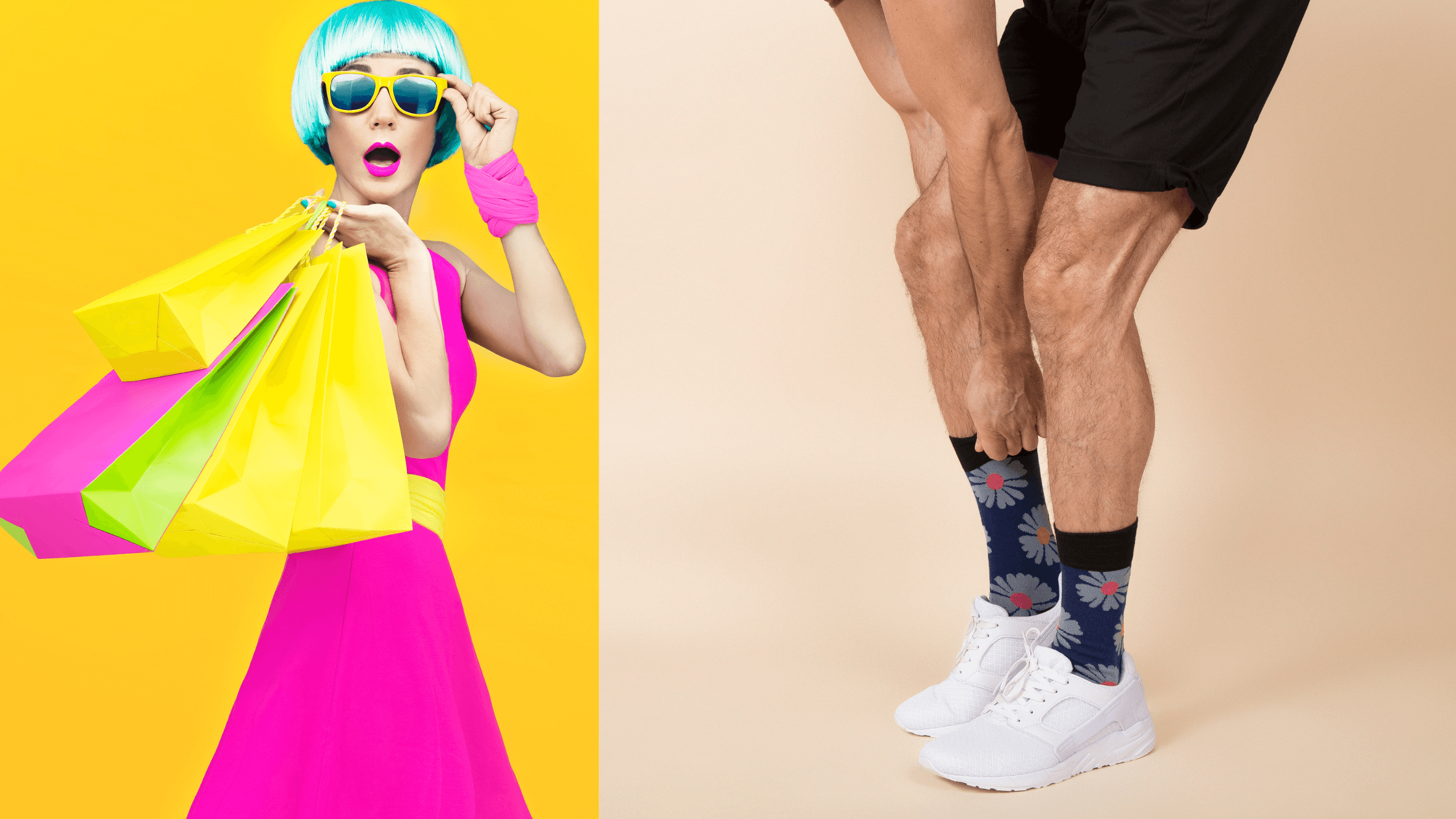
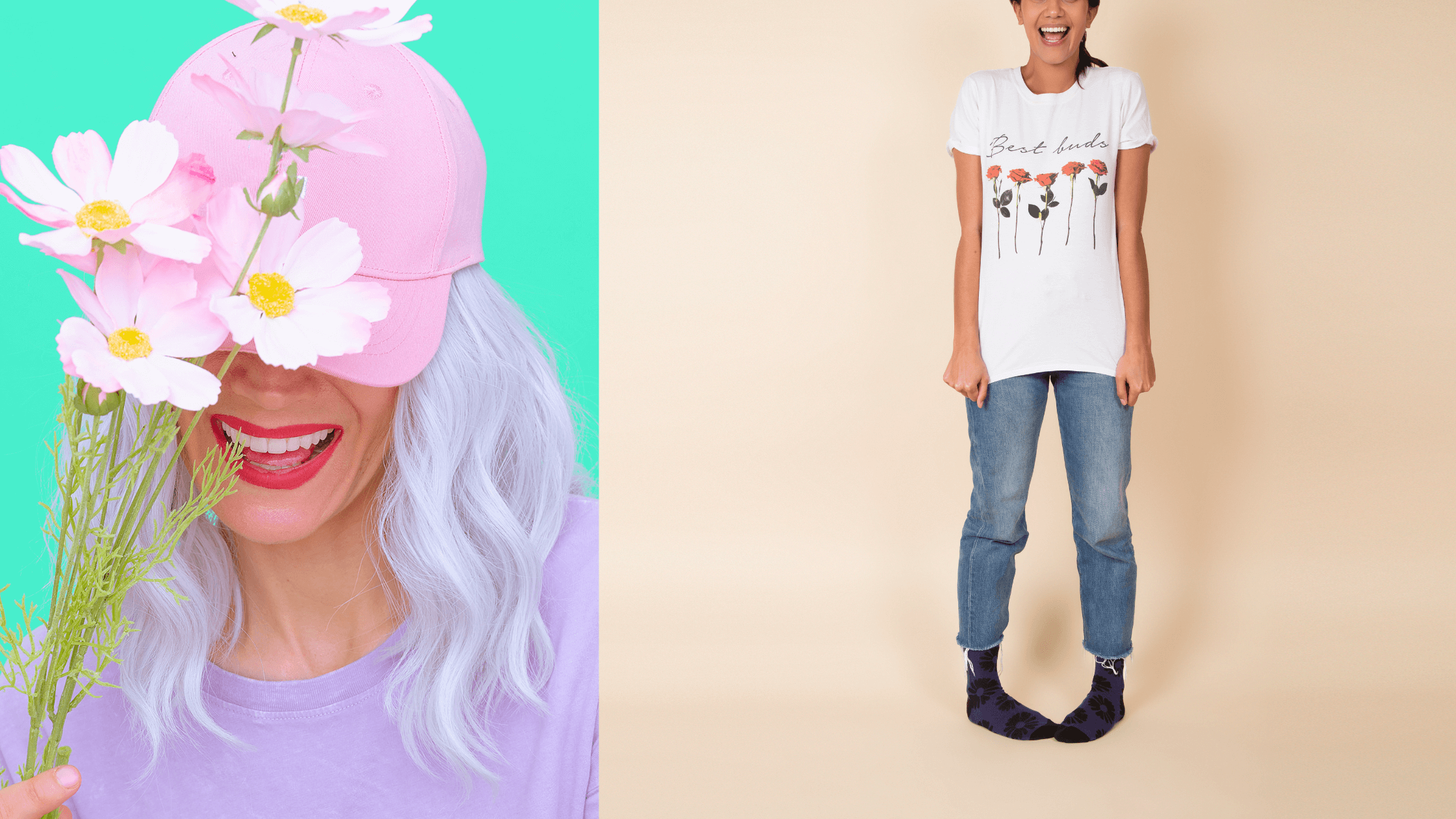
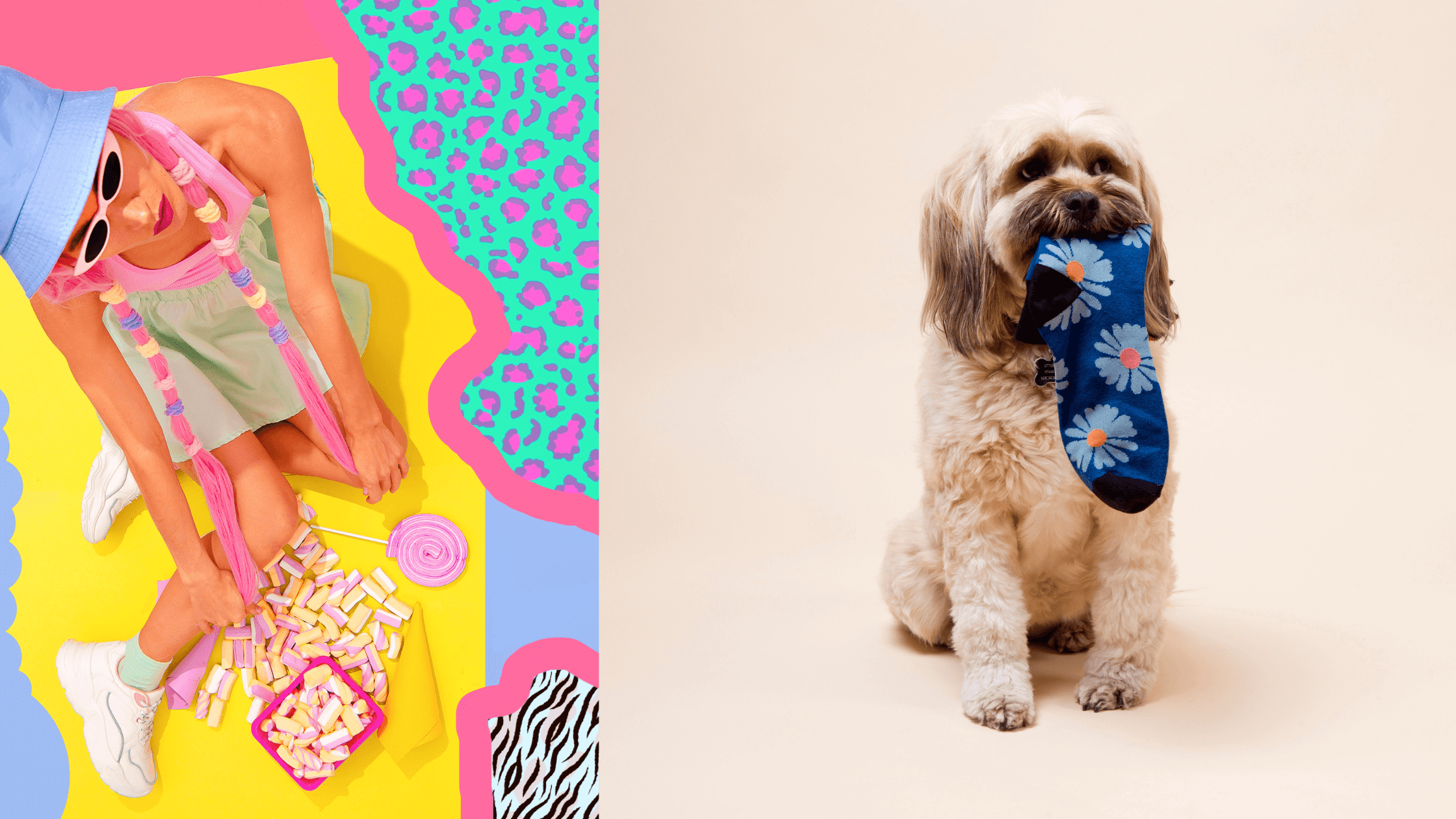

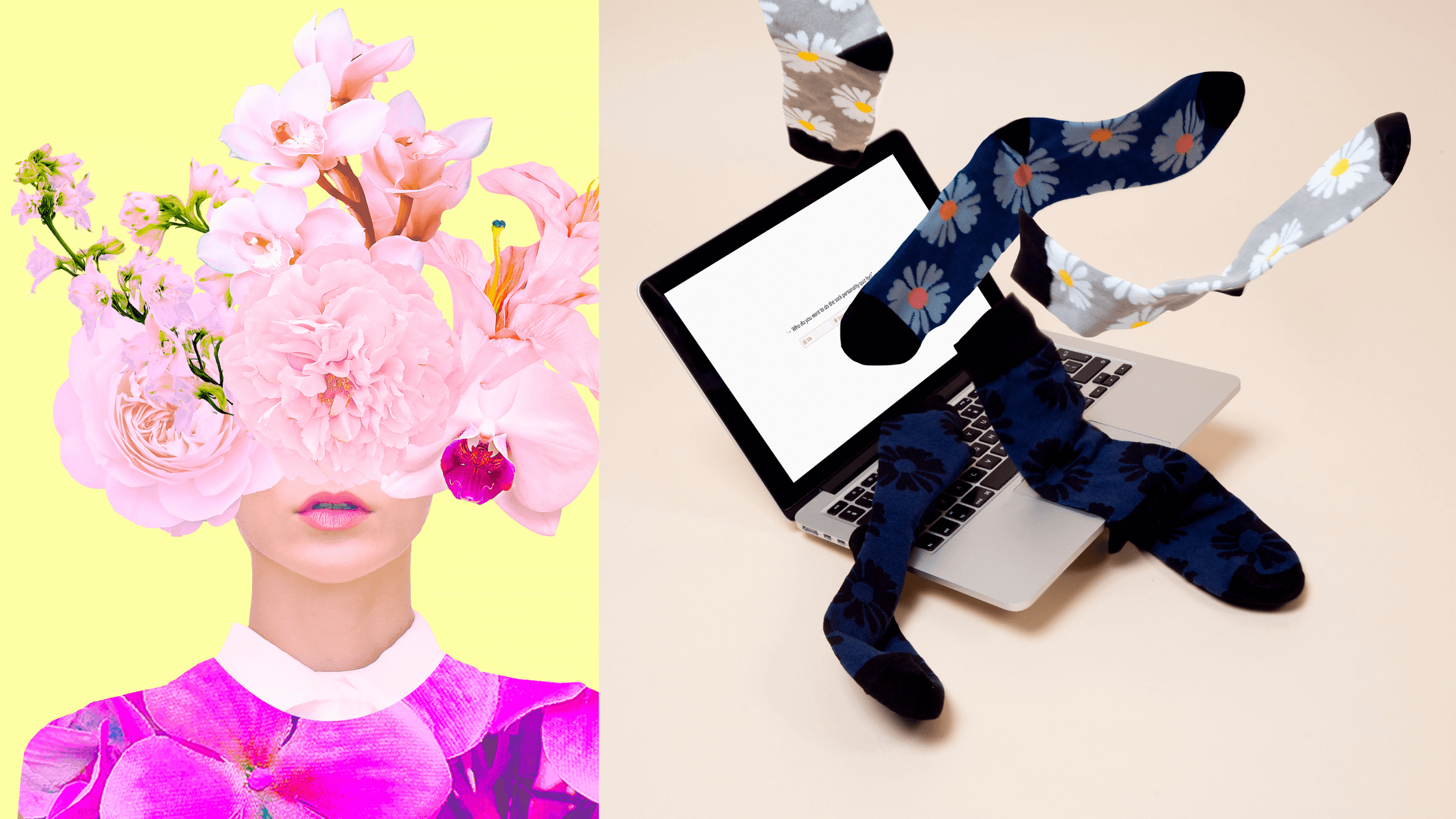

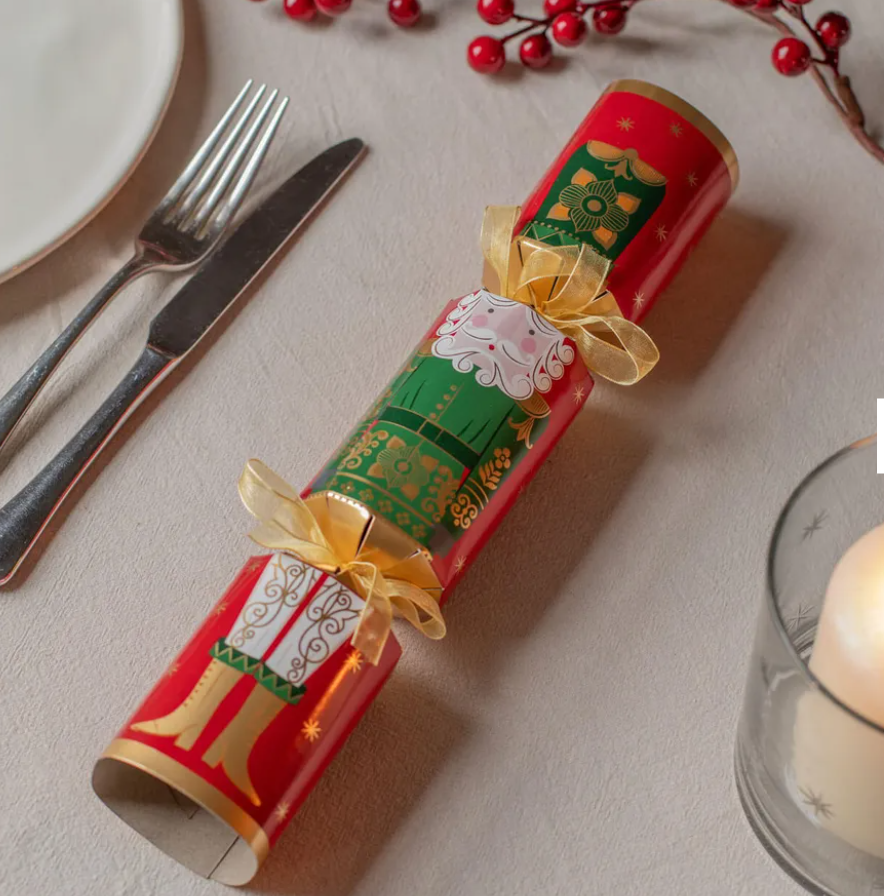


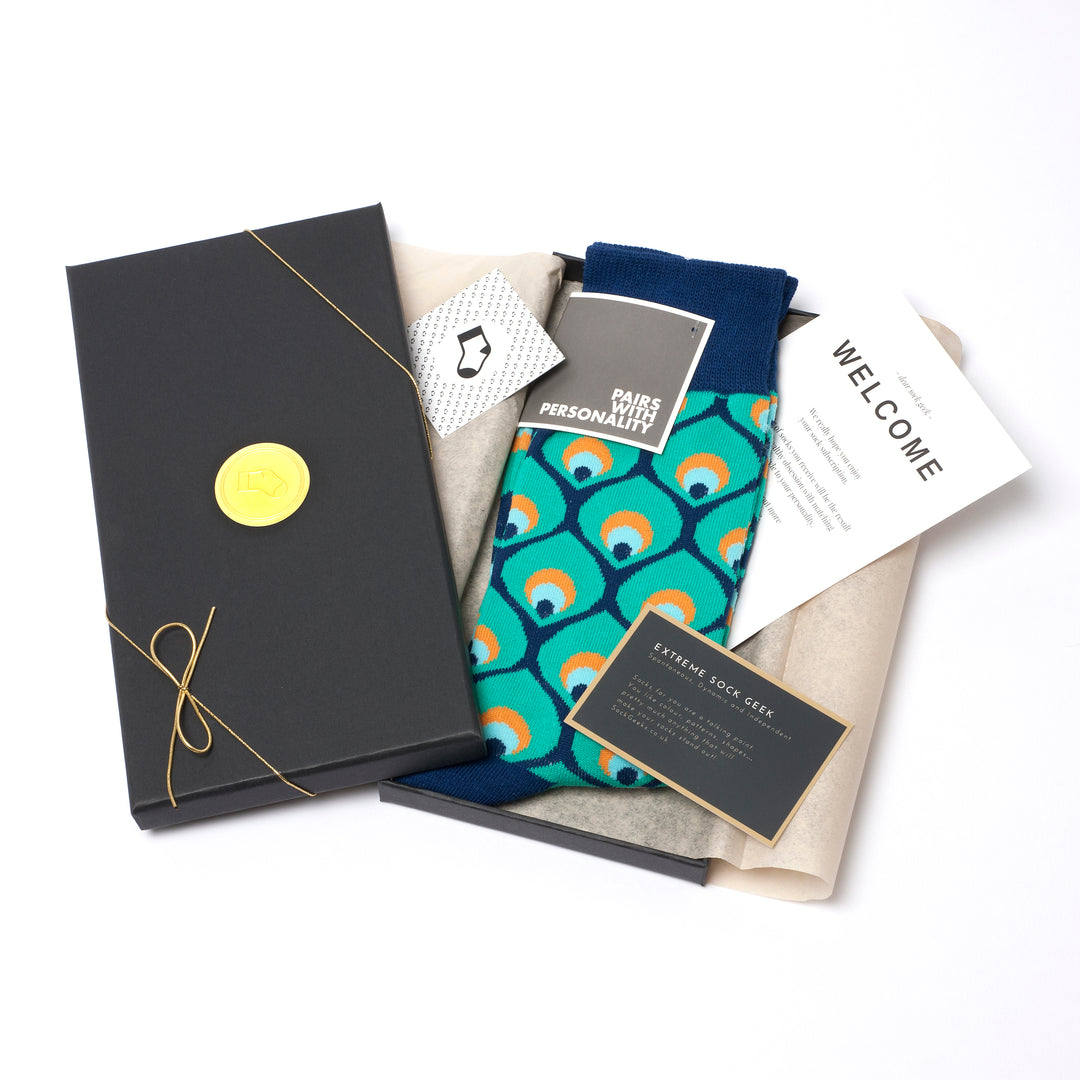
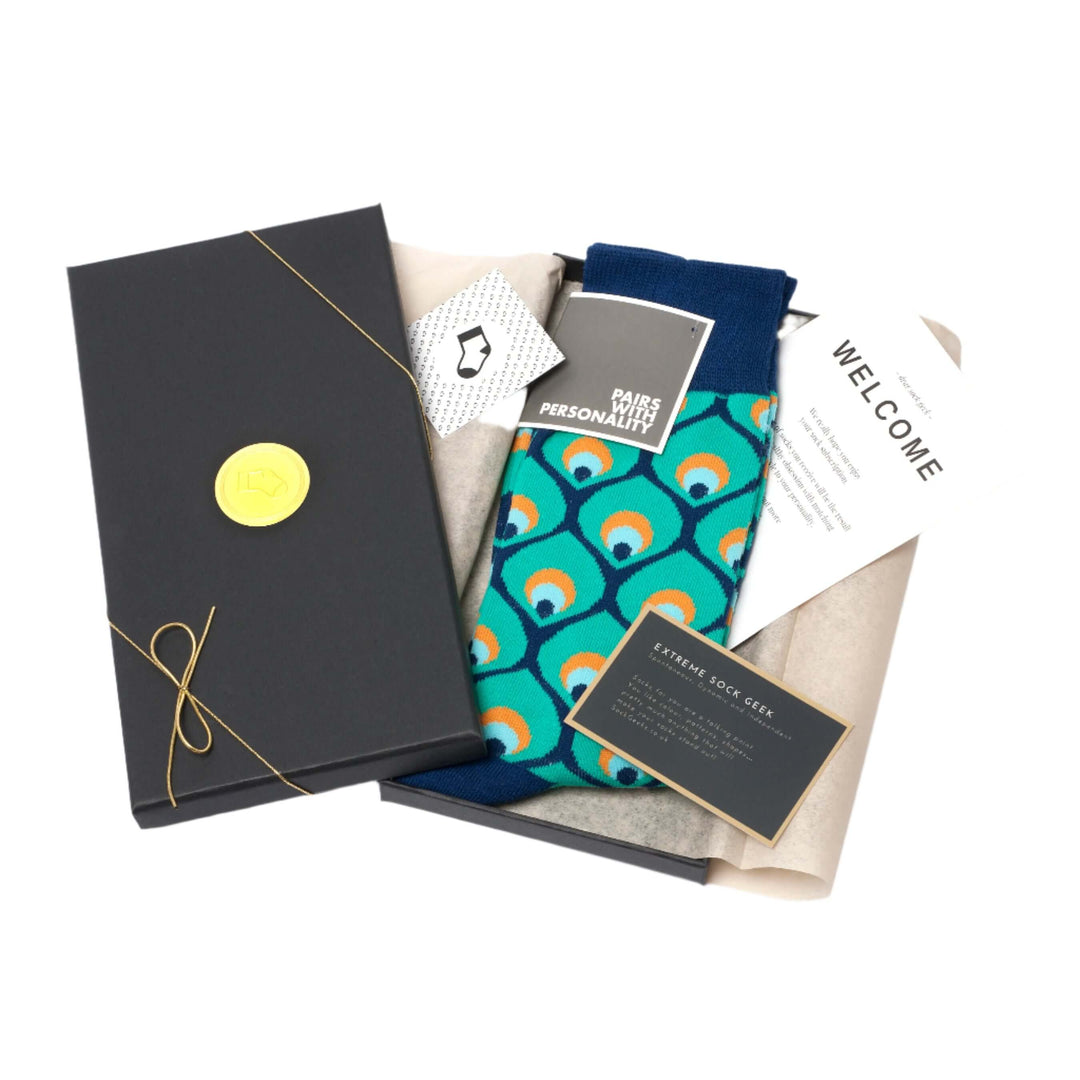
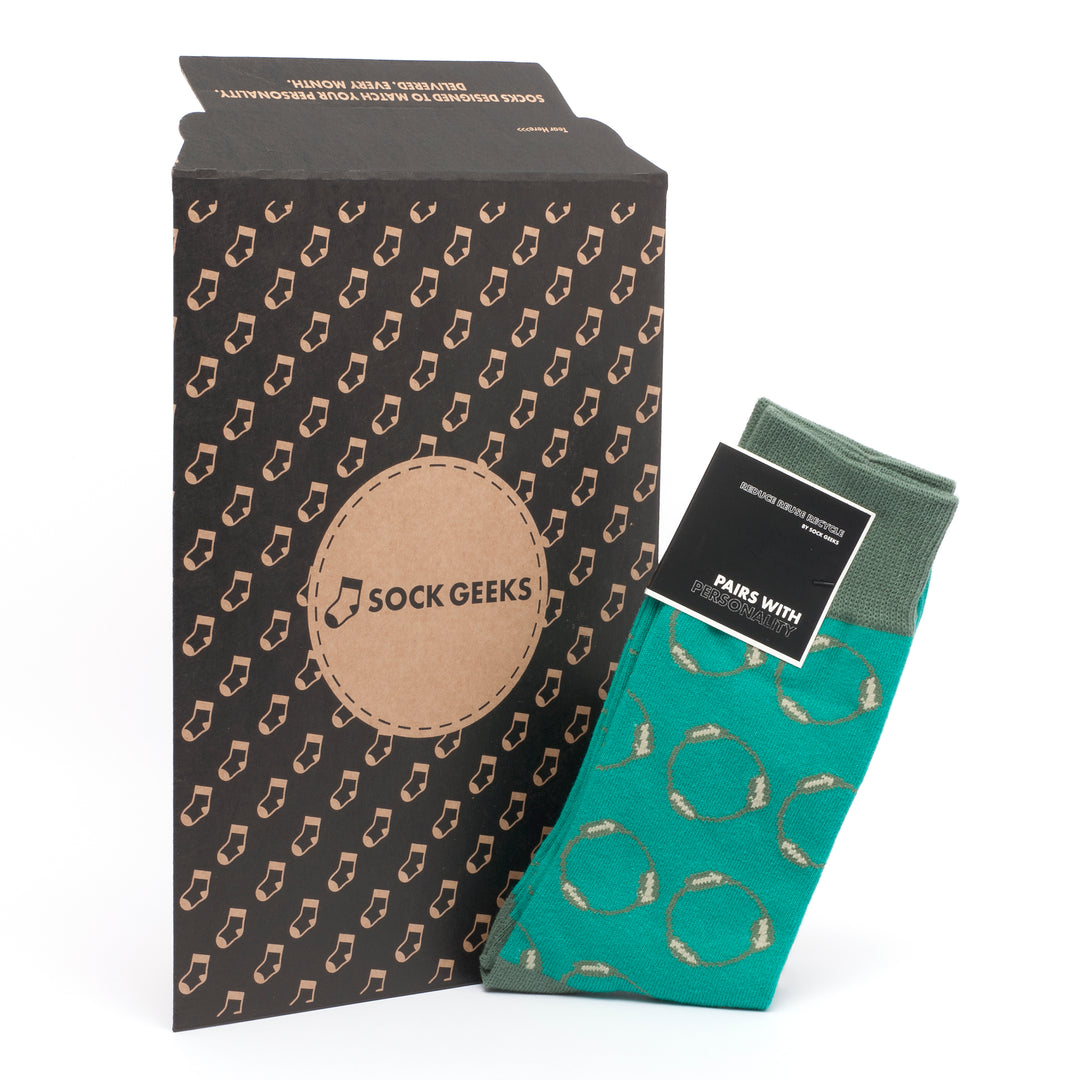
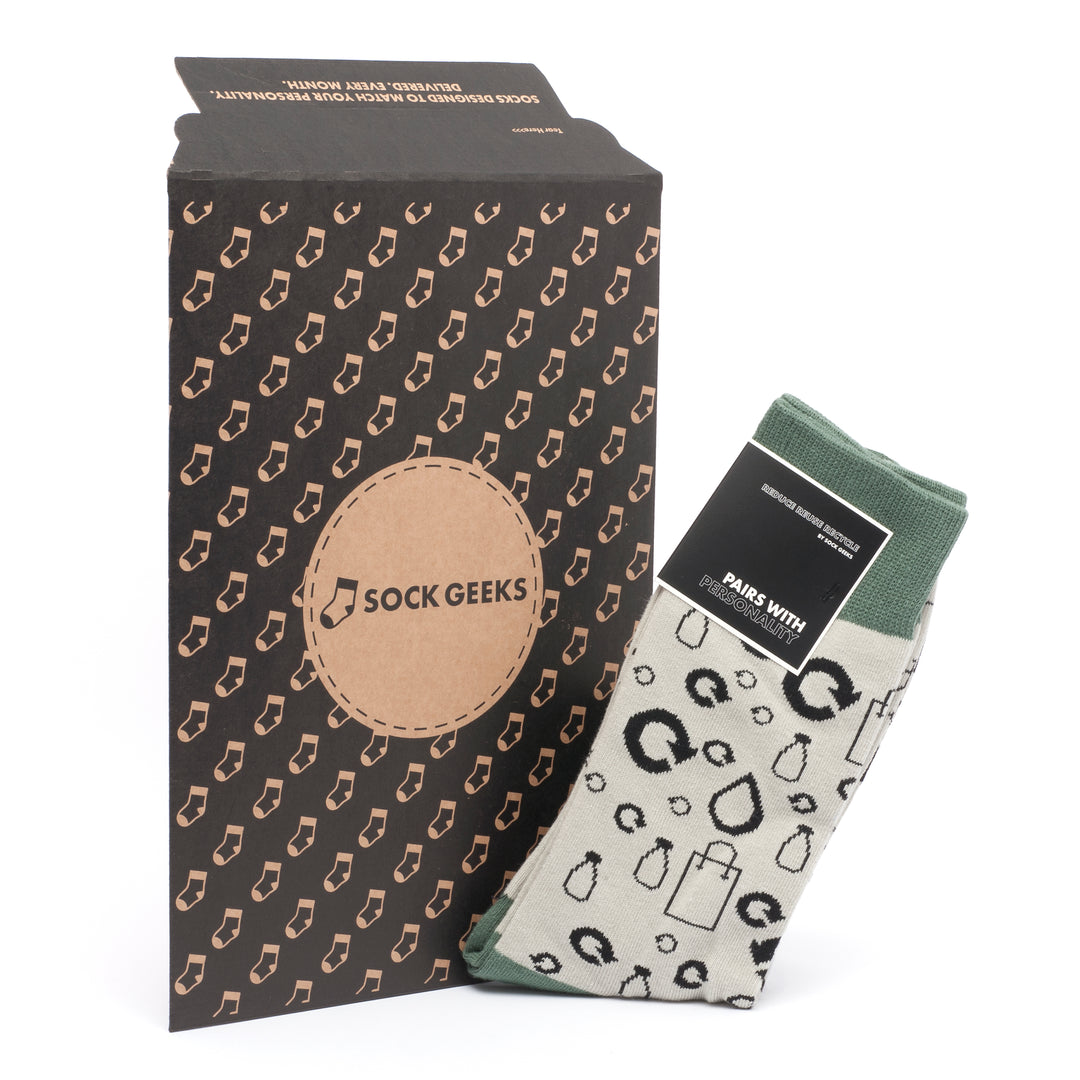

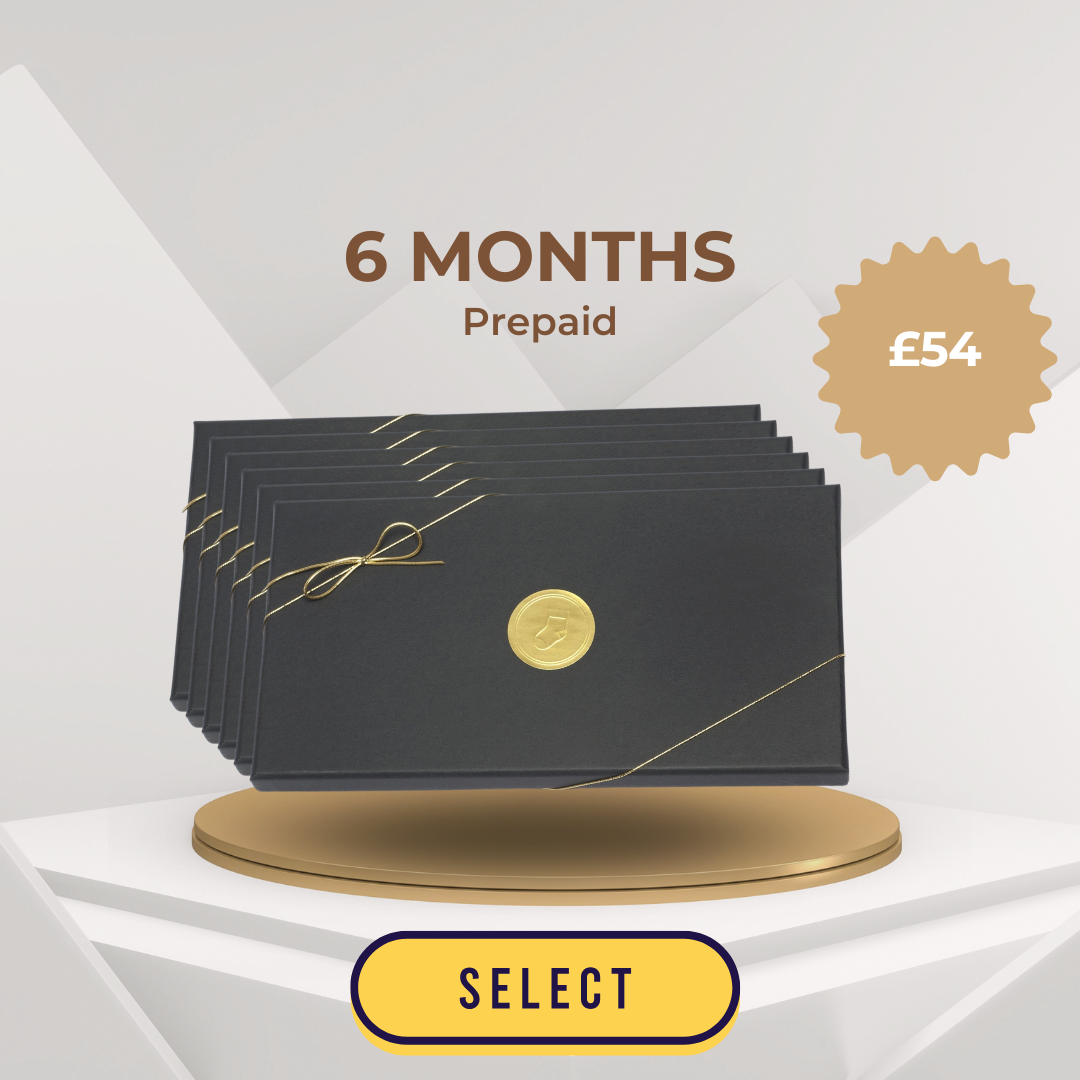
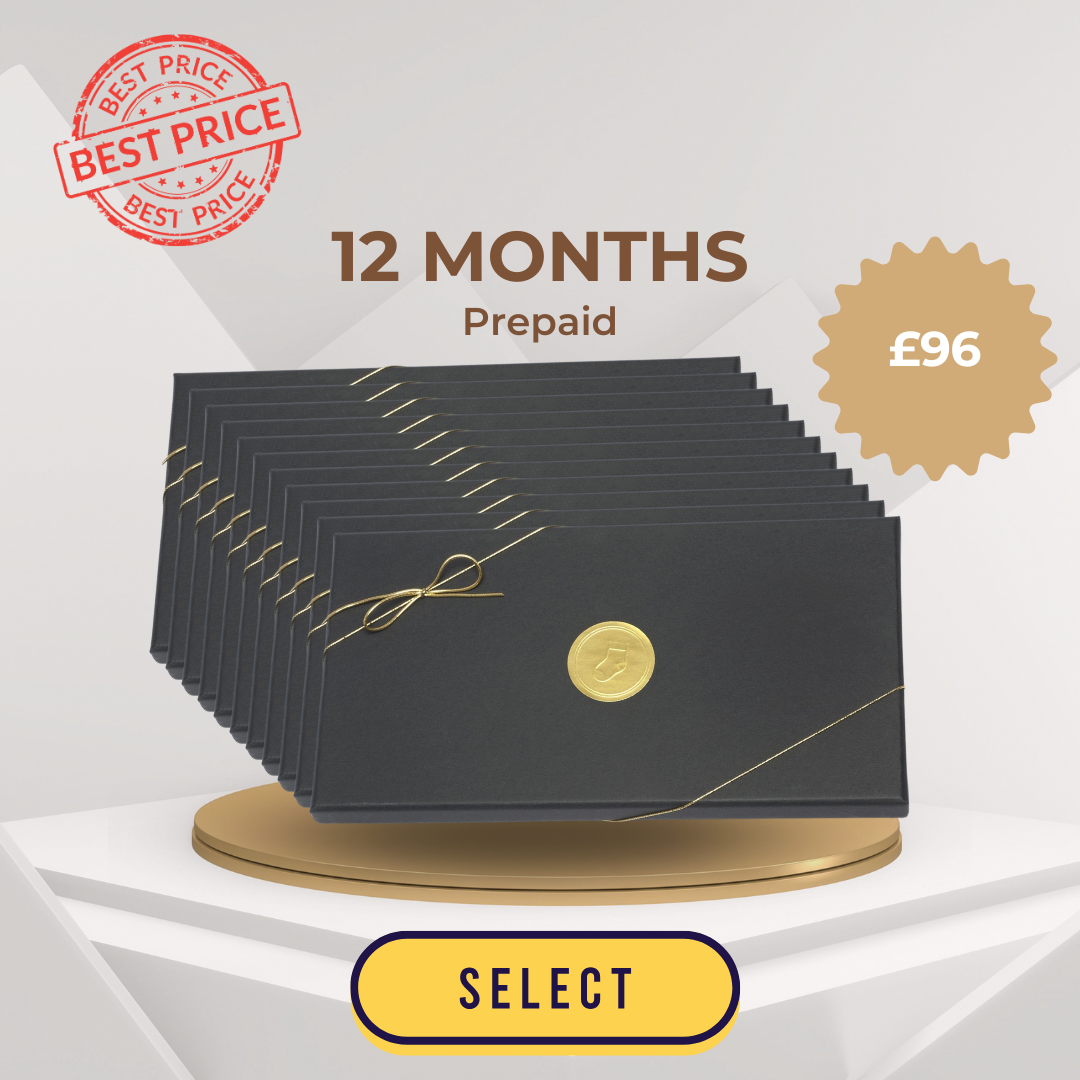
Leave a comment